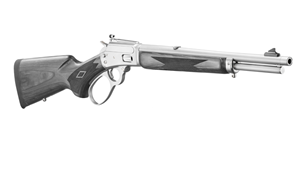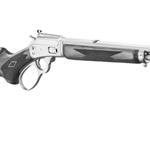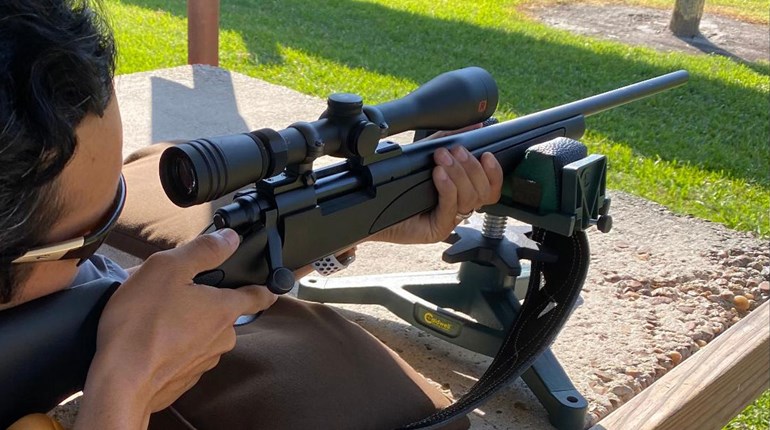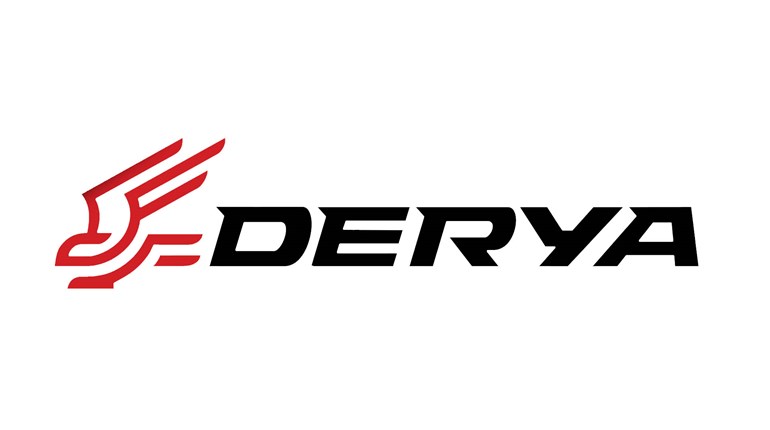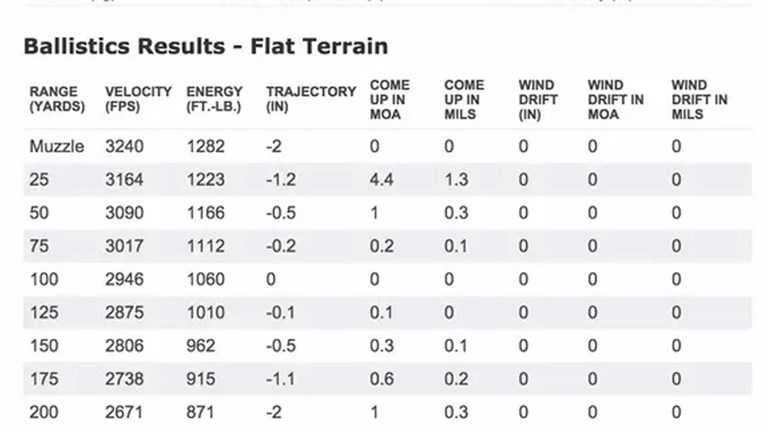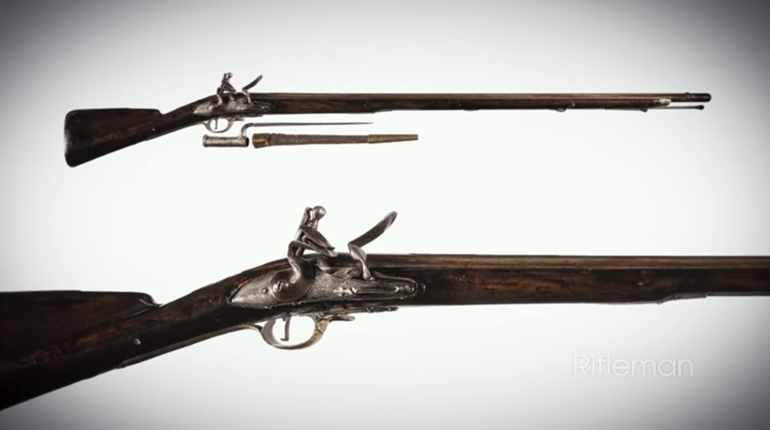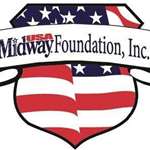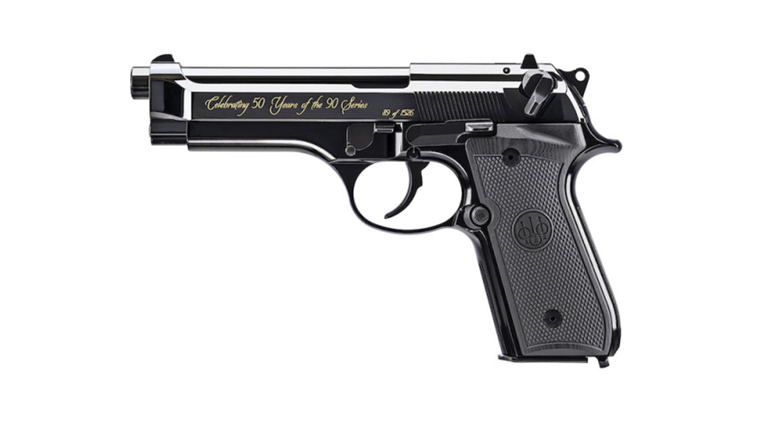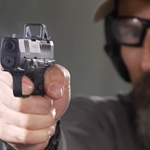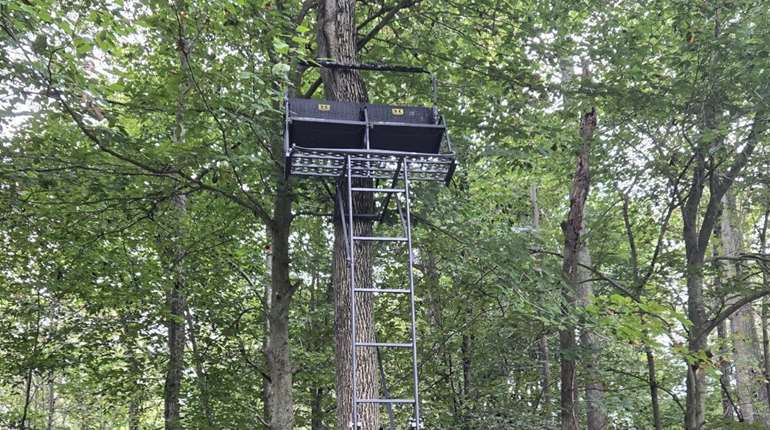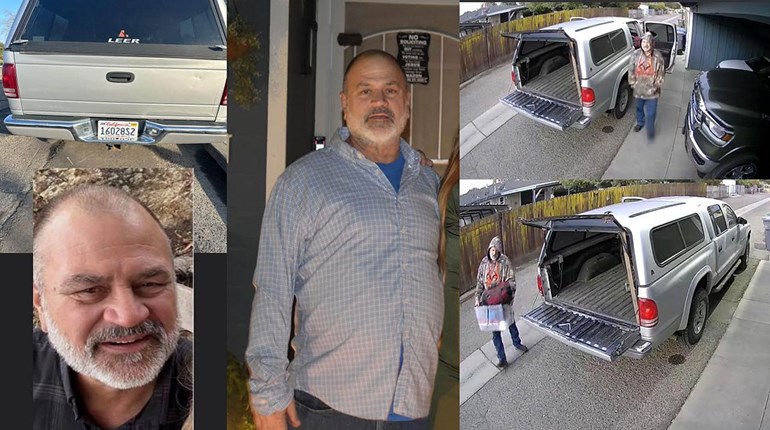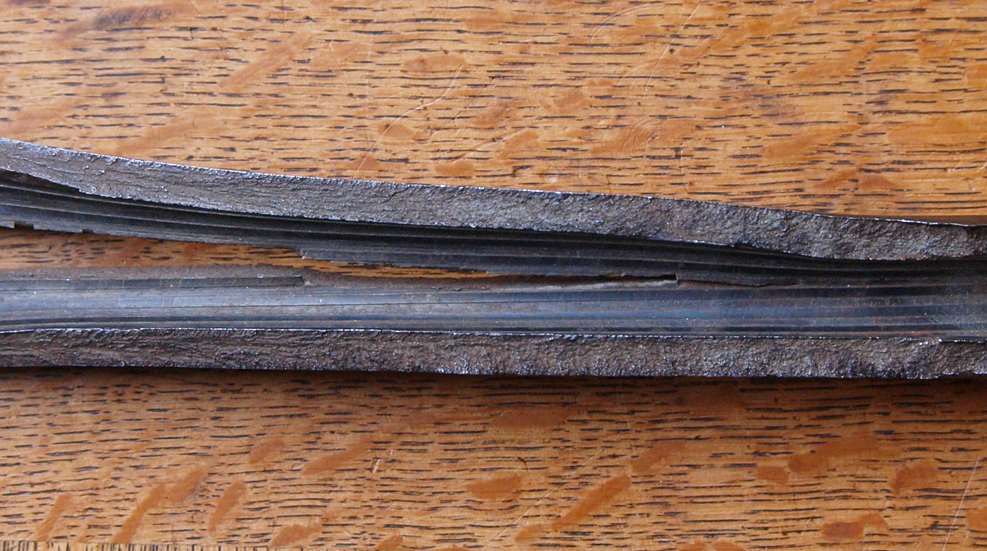
In a recent installment on the science of ammunition, we discussed interior ballistics--which is what happens inside the gun when the shooter pulls the trigger. What we haven't discussed are the safety concerns in relation to interior ballistics, which center around two areas: pressure and headspace.
Pressure
Each caliber or cartridge has a specific maximum average chamber pressure that must not be exceeded. For American-made ammunition, such pressure levels are established by the Sporting Arms and Ammunition Manufacturers' Institute (SAAMI). In Europe, such pressure levels are established by the Commission Internationale Permenente (CIP).
As a general rule, muzzle velocity increases as average chamber pressures rise. However, it is important to note that breech pressure figures quoted in most reloading manuals and computer ballistics programs are maximum allowable peak pressures. Maximum average pressure levels to which ammunition must be loaded are substantially lower.
While factory ammunition average pressures are normally under these limits, reloaders sometimes assemble loads that exceed it. By adhering rigidly to the tested load specifications published in reloading manuals, and never exceeding maximum loads, reloading normally is quite safe.
From this, it can be seen that the shape (height and duration ) or area under the pressure curve is the determining factor in muzzle velocity. Be aware that variations in component specifications, gun condition, bore and chamber dimensions and high ambient temperatures can boost pressures of both factory ammunition and reloads beyond safe levels.
All shooters should learn to recognize the signs of excessive breech pressure. These include: hard bolt lift; flattened, leaking or loose primers; imprinted case heads; and case head expansion or separation.
Headspace
Headspace is the distance from the face of the closed breech of a firearm to the forward surface in the chamber on which the cartridge case seats. Headspace measurements are taken from one of four places, depending on the type of cartridge case: the rim of a rimmed case; the shoulder of a necked case; the case mouth of a straight or tapered case; or the belt of a belted case.
In addition, the term "headspace" also informally denotes the fore-and-aft clearance of the cartridge case in the chamber.
Excess headspace can lead to case head separations, high-pressure gas leakage and gun damage. Too little headspace should also be avoided, as it can lead to chambering and locking problems.



